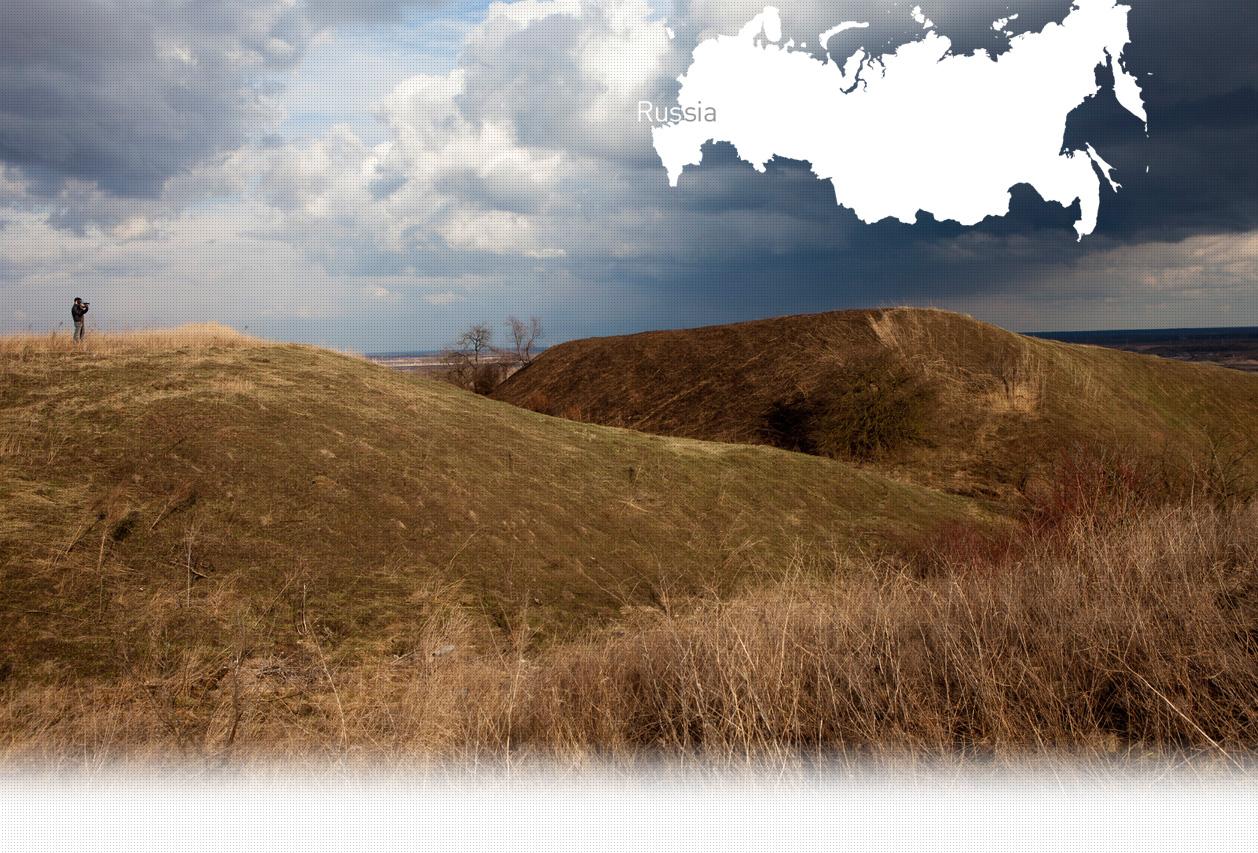

1 Killing site(s)
Taisia V., born in 1926 : “Y.U.: What did the four Jewish families who lived in your building do for a living?
Witness: I can only speak for the family who lived on the same floor as us. The wife was a bookbinder, and the husband was the manager of a vegetable warehouse on Radishchev Street. There is a bird market there today. They had two children. The eldest son was my age and their daughter was two years younger than me.
Y.U. : Did their children go to the same school as you?
Witness: No, I went to school at 2 Bebel Street. Two years ago, I had the opportunity to visit it. It has been turned into a professional locksmith school. I didn’t recognize the building. The floor used to be wooden, now it’s all tiled. The walls have been renovated. I couldn’t believe it. The person who invited me said, "Taisia, what’s the matter with you? ". I told him, "This is my school."
Y.U. : Do you remember their names?
Witness: Whose names? The teacher’s name?
Y.U. : The names of Jewish children.
Witness: Gricha and (pauses for a moment) Sonia.” (Witness n°836R, interviewed in Kursk, on August 21, 2018)
“[...] in the period of January – February 1942, the fascists organized a mass annihilation of Jews. Based on the statements of the officials of the city administration, the arrest was regardless of age or sex, without mercy to the little ones; they were taken to the basement and were forced to take off their clothes, apart from their underwear and shoes. The frightened people were dragged to darken cars and were taken to the place of the execution.” [Report of Extraordinary State Commission (ChGK) drawn up on June 10,1943, in Kursk: GARF 7021-29-1]
“-45-60 mentally ill women in the summer of 1942;
- 100 Jewish detainees at the end of autumn 1942;
- 20-30 Jews including two women at the end of autumn 1942;
- 40-50 Jews at the end of autumn 1942
- 70-80 Jews in late fall 1942.” [Summary of the German archives about the executions conducted by SK4a in Kursk; BArch 162-5652 p.207]
Kursk is the capital of the Kursk region, located in the southwestern Russia. Before the 1917 Revolution, Kursk was outside the Pale of Settlement. Some Jews lived in the province and the town itself in the 19th century. In 1858, there were 458 Jews in the entire province (gubernia), most of them army veterans. In 1926, the Jewish population in the city was 4,154, making up 4% of the total population and 4,914 in 1939. A Yiddish school existed from the early 1920s. There was also a synagogue that was closed in the late 1960s.
When the Germans occupied Kursk on November 4, 1941, the majority of the city’s Jewish population was evacuated to the interior of the country. During the nineteen months that the Nazis occupied the city, hundreds of Jews who had not been able to in escape were shot.
The first act of mass murder was carried out on November 12, 1941, when some Jews were murdered at an unknown location. The next execution followed in January-February 1942, when the Germans shot 125 Jews at the quarter Dalniye Parki, located in the northern part of the city. Before being taken to the execution, the victims were gathered at the Kommandantur building where all their belongings were taken away. Supposedly, during the execution the children were poisoned. In June 1942, there were two shootings in Kursk. On one day, the Germans shot ten Jews next to the Dzerzhinsky Street, next to public baths, and on the other day they shot fourteen next to the Medical Institute. In the same month, the Germans also arrested several hundred Jews (according to different sources from 100 to 400) and brought them to the city prison. All of them were shot shortly after in the Solyanki quarter.
Do you have additional information regarding a village that you would like to share with Yahad ?
Please contact us at contact@yahadinunum.org
or by calling Yahad – In Unum at +33 (0) 1 53 20 13 17